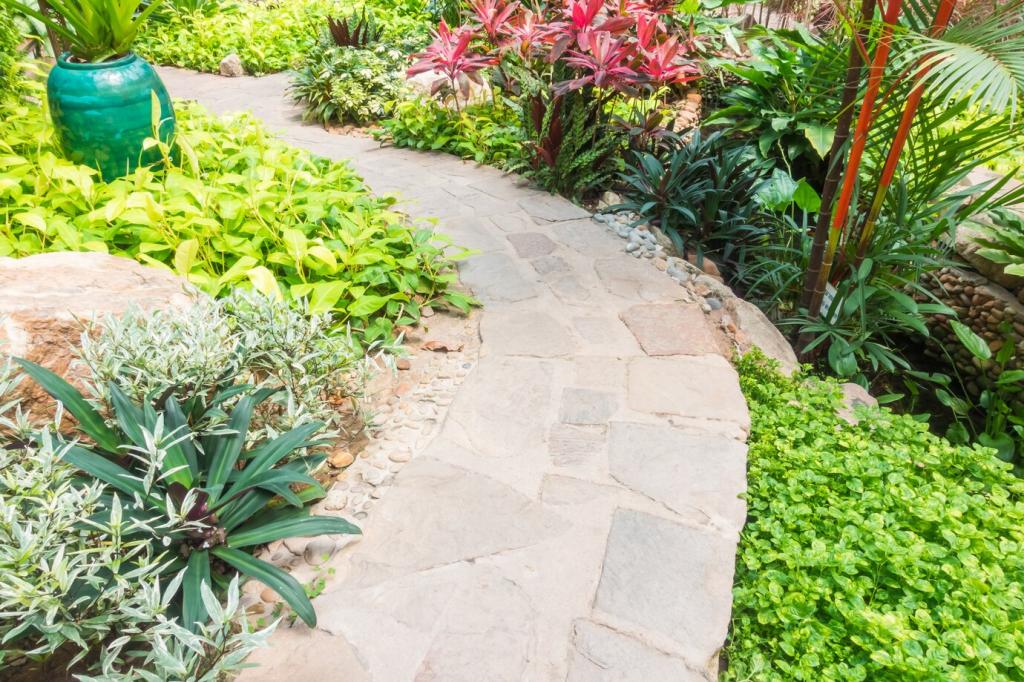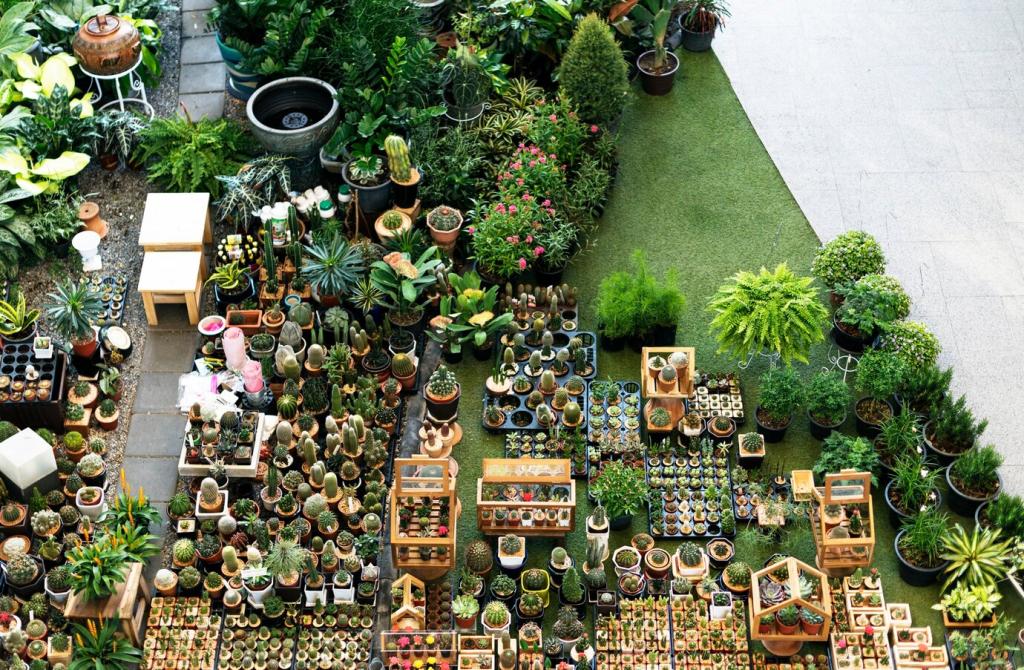Why Native Plants Mean Less Work
Because native plants are tuned to your region’s temperature swings and rainfall patterns, they rarely need coddling. They shrug off heatwaves, survive cold snaps, and ride out dry spells with less water and fewer interventions from you.
Why Native Plants Mean Less Work
Native roots cooperate with local fungi and microbes, building living networks that deliver nutrients and resilience. Instead of constant fertilizing, you nurture soil life, and the plants reward you with steady growth, stronger structure, and fewer nutrient-related issues.




